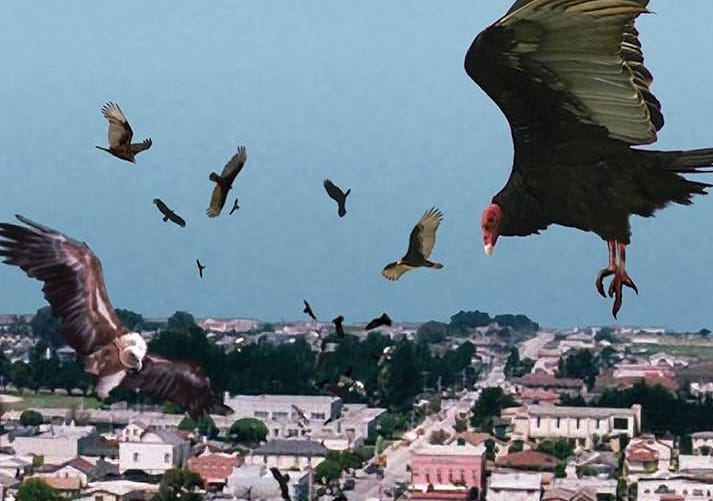AI Psychosis: Hype or Reality?

Reports of AI chatbots driving users to insanity have sparked concerns about 'AI psychosis'. This post explores this phenomenon by drawing analogies to historical events and analyzing reader survey data. The author argues that AI chatbots don't directly cause psychosis but exacerbate pre-existing mental issues or eccentric tendencies, particularly in the absence of real-world social constraints. A survey suggests an annual incidence of 'AI psychosis' ranging from 1 in 10,000 to 1 in 100,000, with most cases involving pre-existing mental health conditions or risk factors.
Read more




